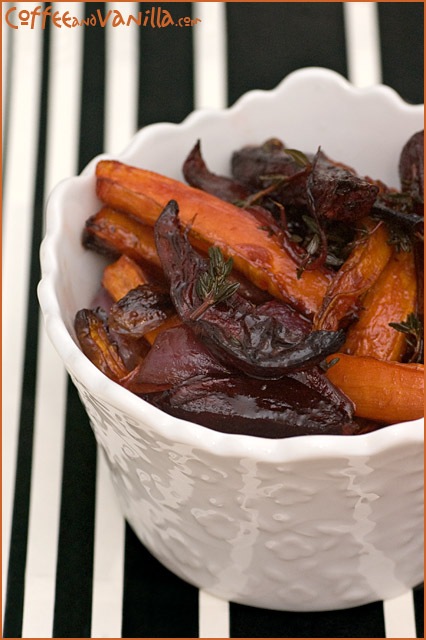Carrots have a delicate beauty with their with lacy, fernlike foliage that is perfect for containers and flower borders. I used to mix carrots in with my flowers and I still do but I grow all my carrots in containers.
I prefer growing carrots in containers so that I can control rabbits, insects and so that I do not have to dig up the carrot crop. When its time to harvest, I just lay down an old sheet and dump the container. The carrots go to the house and the soil goes to the compost bin. My crop is harvested in minutes with no back strain.
You can grow mini carrots, long carrots and carrots that are yellow and red. I have to admit I grow all the colors. There’s something about a plate of vegetables full of color that appeals to my artistic side.
Below are tips for growing a great crop of carrots.
- I start a small crop of carrots every two weeks for a continuous crop of small tender carrots.
- Carrots are cool-season vegetables but they perform best in temperatures between 60 and 75-degree weather.
- Choose a site that gets full sun. Carrots tolerate light shade but won’t do as well
- Soil should be as rock free as possible, with a pH of 5.8 to 6.8. I use homemade compost for my carrots.
- If you use regular soil, dig the soil to a depth of 12 inches and remove all rocks and any other soil debris. Any small object will possible stunt the carrot root or make it fork.
- Add plenty of organic matter. It lightens heavy soils and increases the moisture retention of sandy soils.
- Sow carrot seeds directly on the soil about two to three weeks before the last expected frost in cool regions.
- In warm climates, you can plant in the fall, winter or spring. Like most root crops, carrots rarely appear as started plants in nurseries. The reason is there is too much of a plant shock to make the plant grow successfully after transplanting.
- Carrots seeds can germinate slowly so to help the process I soak the seeds in water for six hours before I plant them.
- Seeds that were not soaked can take more than 10 days to germinate. Soaked seeds will take about 5 days to sprout.
- I also mulch the top of the soil with 2 to 3 inches of grass clippings or composted materials once the seeds sprout. Carrots will grow sweeter and be less fibrous in soil that remains moist.
- Make early sowings shallow to capture warmth from the sun. Sprinkle the seeds on the soil surface, tamp them gently and cover them with a thin layer of finely sifted compost. If you are planting later, after the soil has warmed up you can plant the seeds 1/4 to 1/2 inch deep.
- To produce a better crop thin the seedlings before the tops become entwined. I clip off the greens with scissors, so that I do not disturb the other carrots that are growing. You can also pull the roots very gently from the ground making sure not to disturb the remaining plants.
- Carrots are cool-season vegetables but they perform best in temperatures between 60 and 75-degree weather.
Additional Tips
- Spray young plants once with compost tea to ensure good growth
- Mulch with compost to deter weeds and retain moisture.
- Young plants will need at least an inch of water a week. You can reduce the water when they near maturity.
- Carrots need lots of potassium. Lightly sprinkle wood ashes over the planting area before you sow the seeds. This will add the right amount of potassium for you crops.
- Make sure the carrot roots stay completely covered with soil to prevent green tops and bitter carrots.
- If your carrots turn out with a branch or two, it means they’re getting too much nitrogen.
Carrots have many healthy benefits, store well and are relativiely easy to grow. They are a great addition to any garden.




